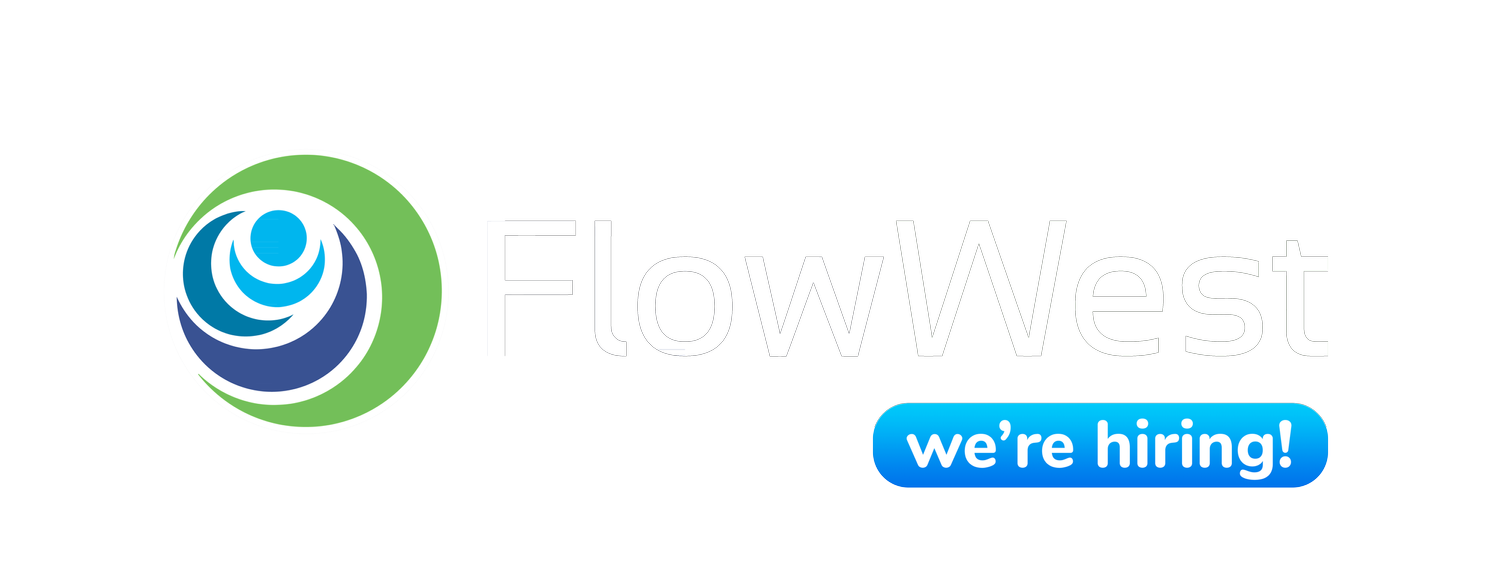Collaboration is key
FlowWest, in partnership with CalTrout, studying on-the-ground conditions for their data modeling of fish conservation efforts January 2023
Have you ever looked at a field of rice and thought “this can feed endangered fish”? Jacob Montgomery, Central Valley Project Manager at CalTrout, has for some time now. Jacob and his team at CalTrout have compiled an impressive dataset of the benefits of rice field and floodplain food production to baby salmon. FlowWest has been working on a variety of projects that are beginning to utilize this new data to support better decision-making for salmon restoration. Several members of the FlowWest team recently joined Jacob to see a variety of sites where food production for baby salmon is already happening or could happen in the future.
The FlowWest team met up with CalTrout on the Sutter Bypass Wildlife Area to ground truth some of the data collection sites and methods used in their work.
From CalTrout: “The Fish Food export program is CalTrout’s novel management practice for transferring benefits of winter-flooded habitat that juvenile salmon can not get to, back to fish wedged between the river levee system. The Fish Food program is the complement to the Nigiri Project. With Nigiri, we bring fish onto the floodplain, and with Fish Food, we bring the floodplain back to the fish.”
The FlowWest team met up with CalTrout on the Sutter Bypass Wildlife Area to ground truth some of the data collection sites and methods used in their work. Their research on prey density data and growth data around this site and others will allow the team to better inform bioenergetics models used in larger decision-making models to aid in conservation efforts. Seeing the experimental sites in action and understanding the dynamics on the ground are key to apply it to accurate modeling.







